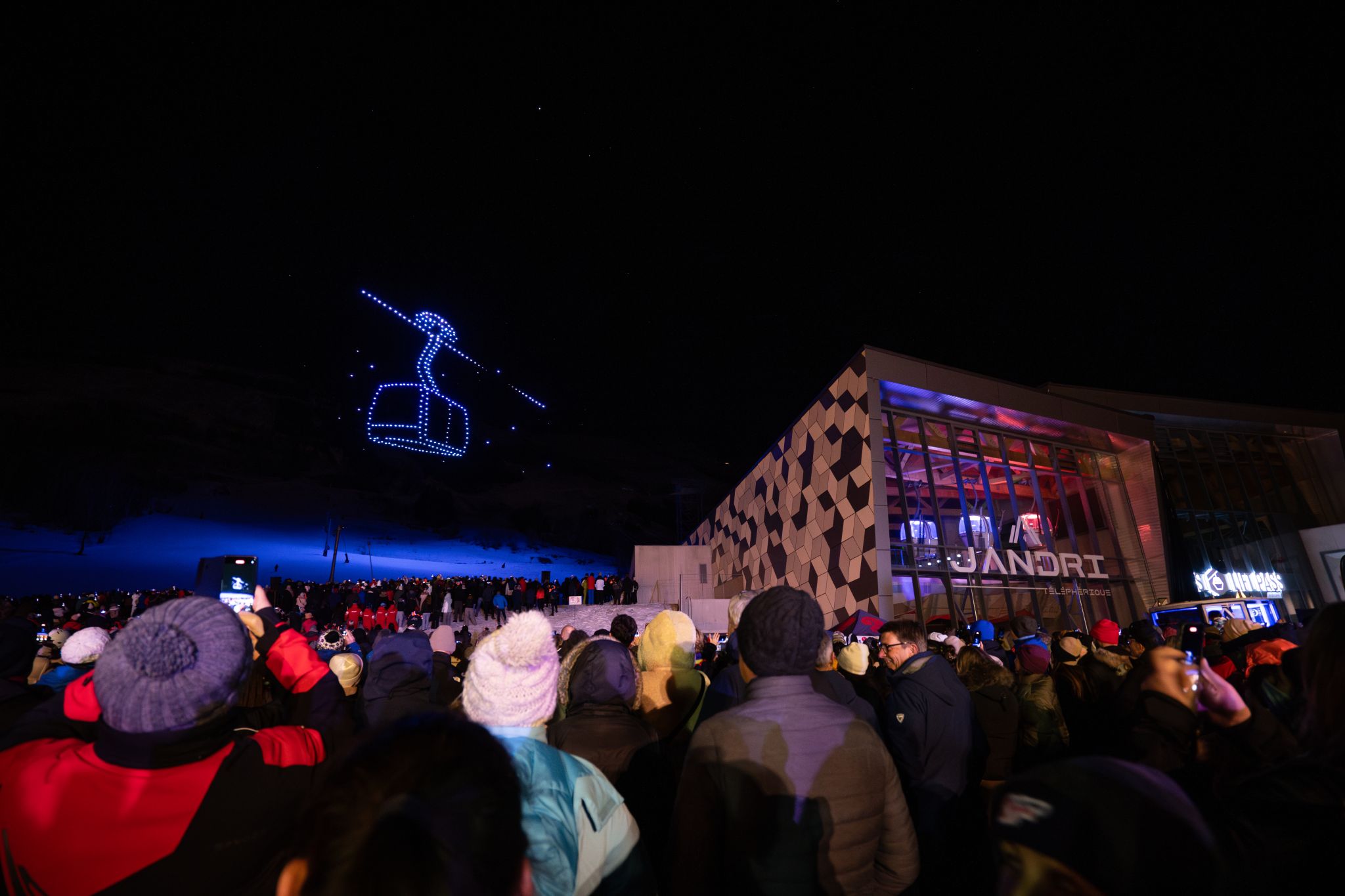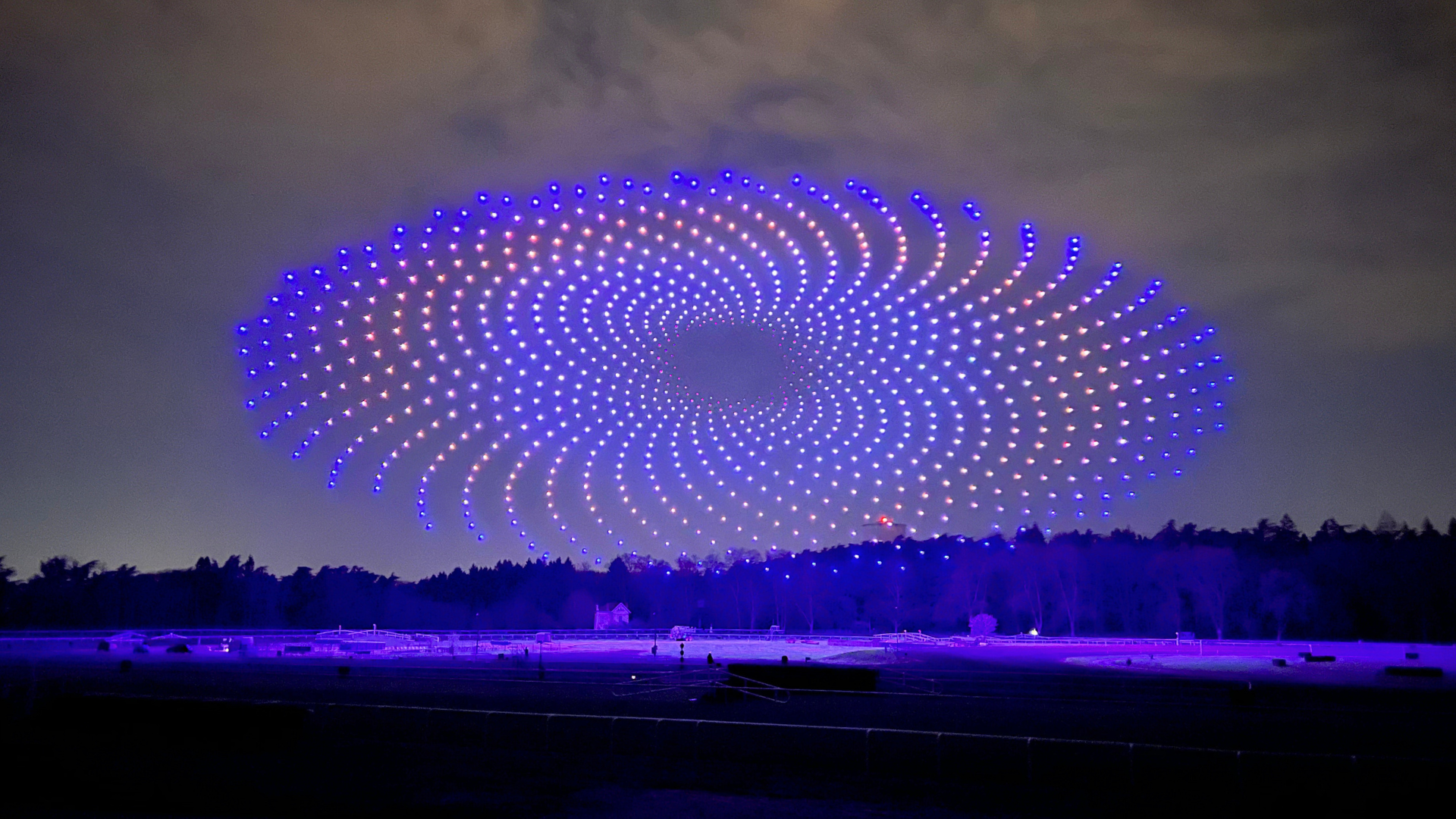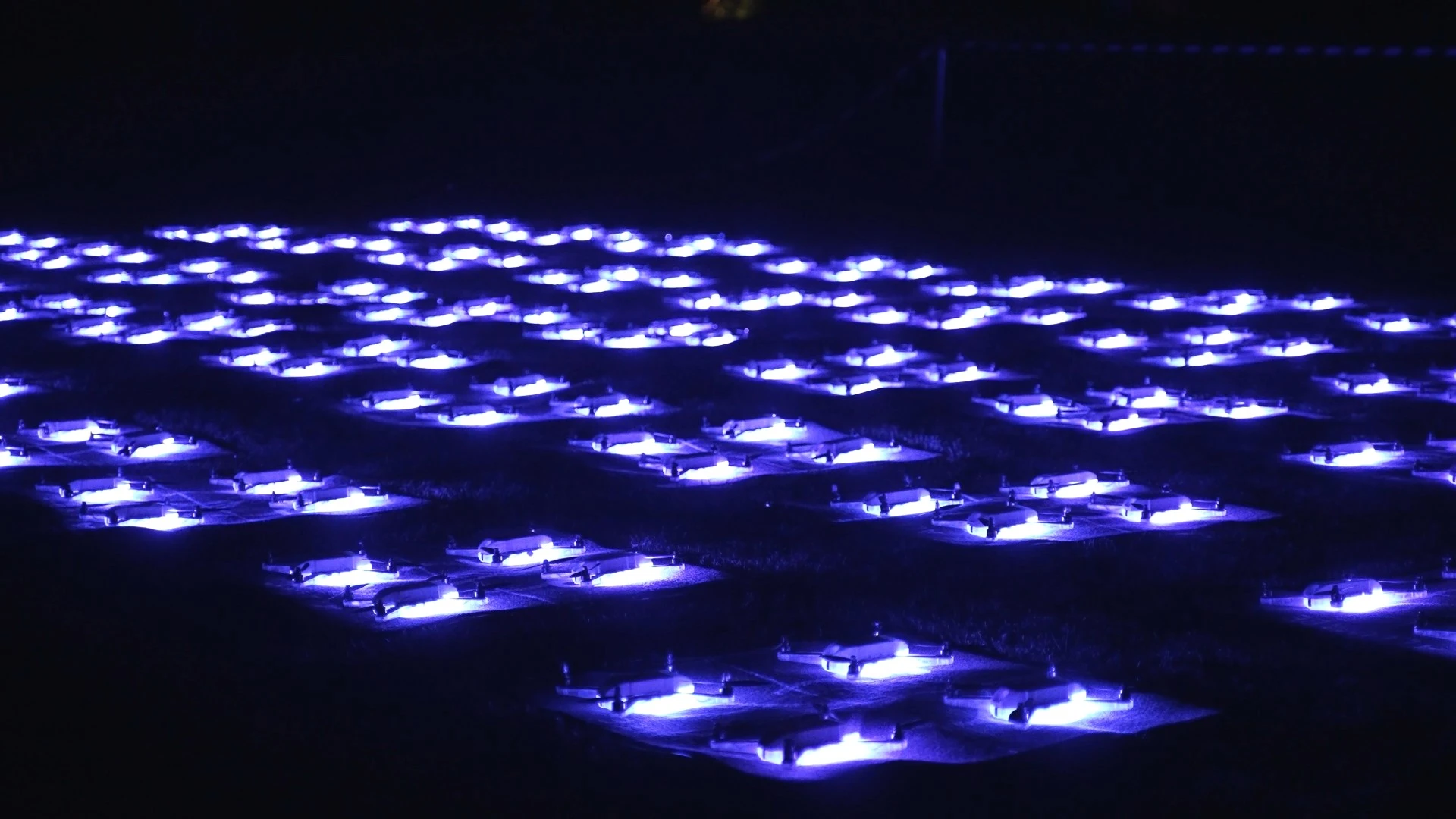The influence of weather conditions on drones
Drones are highly sensitive to weather conditions. An analysis is necessary before a flight to preserve the integrity of your drone.
Is wind dangerous for a drone?
Wind is a factor that shouldn't be overlooked when it comes to preserving your drone and ensuring optimal safety. There's no set number for wind speed for a drone. The maximum speed for flying a drone depends mainly on the type of drone you own. Depending on the model and brand, the maximum wind speed ranges from 13 km/h for the most wind-sensitive drones to around 50 km/h for the most resistant ones.
Also, if the wind is fairly stable, it will be easier to control your drone, however if the wind blows in gusts, then it will be difficult to compensate for it and you could risk a crash.
As you will have understood, the influence of the wind on your drone really depends on it, by its weight, its size, its wind resistance, its capacity to compensate for movements etc. The best is to refer directly to your manufacturer's instructions to ensure that you meet the conditions required by the manufacturer.
Can rain harm drones?
Drones and rain aren't compatible, but some drones are more resistant. This depends on the motor used in your drone. A brushed motor is more affected by moisture. A brushless motor, on the other hand, is much less sensitive.
However, as a general rule, avoid flying your drone when it is raining or the ground is wet.
A small drop of water entering your drone's electrical circuit can cause a short circuit. It's therefore best to take every precaution against humidity, rain, and even snow, which would bring a new factor: cold.
Can I fly my drone in cold weather?
Yes, flying in cold weather is possible; however, it's an important factor to consider before and during your flight. Like the factors mentioned above, cold sensitivity depends on your drone.
For drones from around 2015, we can assume that they should not be flown below 0°C. For the most recent drones, we can reach -10°C without significantly impacting their battery life.
This is due to the batteries used and their chemical compounds. Newer generations are better able to handle low temperatures and are sometimes made with self-heating batteries, allowing them to withstand low temperatures more easily and for longer.
Cold weather therefore affects battery capacity and therefore flight performance. This impact reduces your flight time; we estimate that a temperature below 0°C will reduce a drone's flight time by 5 %. A 20-minute flight could turn into 16 minutes, and the lower the temperature, the more your battery will be affected, and therefore your flight time will also be significantly reduced. You could risk a complete shutdown of your battery and therefore a crash.
So, take precautions by keeping your battery warm before the flight and monitoring your drone's parameters during the flight. If in doubt, do not fly; it's safer.
In summary, drones can fly even in difficult conditions, however, you should always analyze your drone's performance to comply with the manufacturer's recommendations. The drone remains a robust tool that has weak points. You must identify these points and avoid getting too close to them to maintain its integrity.
ON
These factors require Allumee to take every precaution in terms of safety by analyzing weather conditions to best adapt our service.
Our drones are designed to fly for 25 minutes, however we reduce the time of our shows to 20 minutes maximum to ensure optimal safety of our spectators and to compensate for any possible unplanned event.
Everything is done to ensure a perfectly executed show that will satisfy our audience in every way.
Allumee adapts very well to adverse weather conditions like thunderstorms. We let the storm cell pass and we can begin the show.




